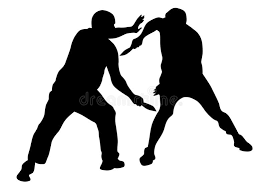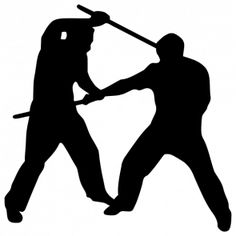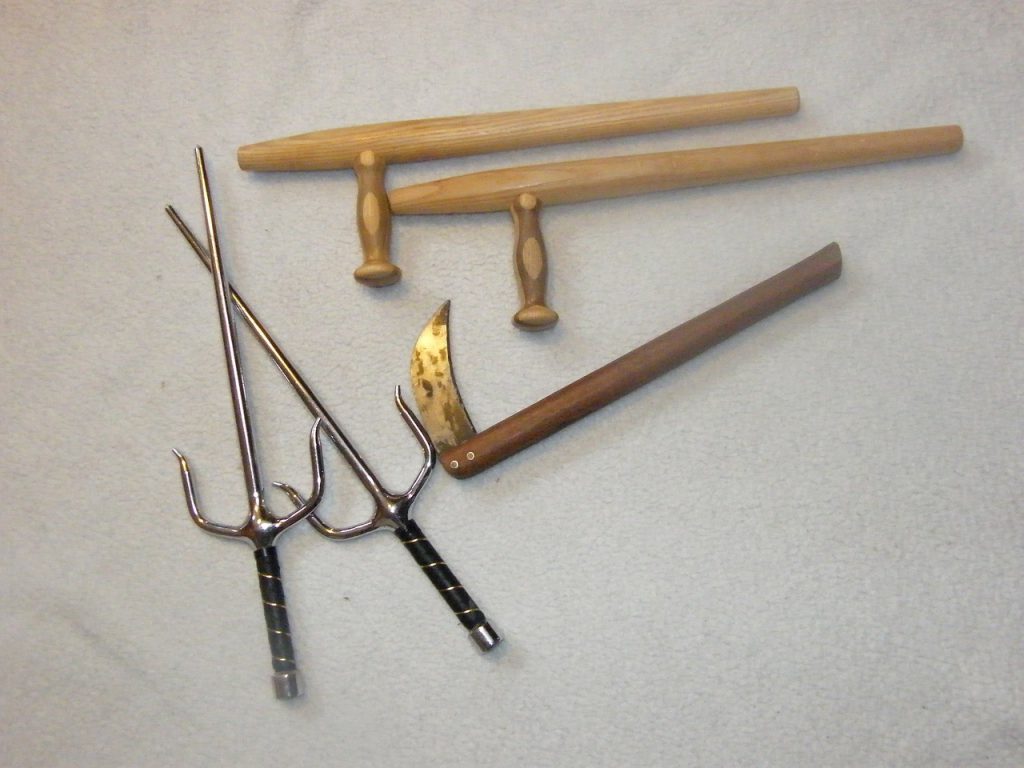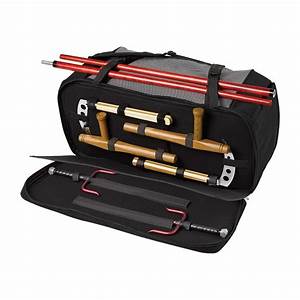Weapons Training – Knife – Tonfa – Escrima – Tai Chi Swords
Istead Rise Community Centre, Worcester Close, Istead Rise, Gravesend Kent DA13 9LB on Sunday’s 10am to 1pm. fee £15.00
- Development of the Shizendo Knife System:
- The Shizendo Knife System has been developed from an amalgamation of various martial arts.
- It draws from 40 years of experience, indicating a rich history of refinement and adaptation.
- Training in Both Straight Knife and Karambit:
- The Shi Zen Do bladed system incorporates training for both the straight knife and the karambit.
- It is described as a concept and principles-based system, suggesting a focus on fundamental techniques and strategies.
- Fluidity and Footwork:
- Emphasis on the fluidity and footwork of the knife system is highlighted.
- The combination of these elements contributes to the effectiveness of the combative art.
- Combat Effectiveness:
- The angles of attacking and defensive techniques are mentioned as key components.
- The overall design of the system is described as highly effective in combat situations.
- Pairs Work and Highly Mobile Nature:
- Pairs work involves training with knives, both empty hand and with a knife, employing long and short-ranged strategies.
- The system is described as highly mobile in nature, indicating agility and adaptability.
- Integration of Empty Hand and Weapons Training:
- Noteworthy is the mention that empty hand training mirrors weapons training.
- Footwork in both empty hand and weapons training is identical, emphasizing consistency in movement principles.
- Versatility in Striking and Grappling:
- The system encompasses various aspects of combat, including the art of boxing, locking, grappling, and throwing.
The Shi Zen Do bladed system is a well-rounded martial arts system that integrates principles from various arts, emphasizing fluidity, footwork, and versatility in both empty hand and weapons training. The focus on combat effectiveness and the inclusion of a range of strategies contribute to its comprehensive nature.

Escrima
Escrima, Arnis, and Kali, emphasizing their comprehensive nature and the interconnectedness of stick, bladed, and empty-hand techniques. Here’s a breakdown of the key points:
- Development and Origin:
- Escrima, Arnis, and Kali were developed in different regions of the Philippines by various families.
- Over time, these martial arts have evolved into a highly comprehensive fighting system.
- Combative Nature:
- Described as a highly combative system, suggesting a focus on practical and effective techniques for self-defence.
- Escrima Stick as an Extension:
- The Escrima stick is considered an extension of the hands.
- The skills with the stick are directly applicable to empty-hand techniques, emphasizing identical principles.
- Common Body Mechanics:
- Hand-to-hand combat techniques are rooted in the same principles as historical stick and knife movements.
- Shared body mechanics are coupled with strikes, disarms, and skills for escaping from grabs and locking.
- Three Areas of Training:
- The art is divided into three main areas of training: Stick, bladed, and empty hand.
- This suggests a well-rounded curriculum that covers different aspects of combat.
In summary, the Escrima, Arnis, and Kali martial arts systems are portrayed as holistic and deeply interconnected, with the stick serving as a fundamental extension of the hands. The emphasis on common principles across different weapon categories and empty-hand techniques reflects the comprehensive nature of these Filipino martial

Tonfa
Tonfa are typically used in pairs, serving as an augmentation for blocks and strikes in Karate and other martial arts. Gripped with the main section across the underside of the forearm, the short protruding end delivers strikes to vulnerable areas such as the solar plexus, throat, ribs, and armpits. The tonfa’s handle can be swung in a directed arc for attacks, or held at the bottom for a basic club-like use. The side handle can also be utilized as a hook to catch and trap weapons, akin to kama techniques. Due to its defensive capabilities, tonfa-like batons have been adapted as the primary non-firearm weapon for various police and special force units. The tonfa’s versatility makes it a starting with Uke Waza and Uke Tsuki waza provides students with a familiar foundation from empty-hand forms, allowing them to develop a tactile sense of the weapon. This approach leverages their existing understanding of body mechanics and structure, making it an ideal introduction to the Tonfa. The Tonfa-like batons have been adapted as the main non-firearm weapon for various police and special force units.


Comments are closed